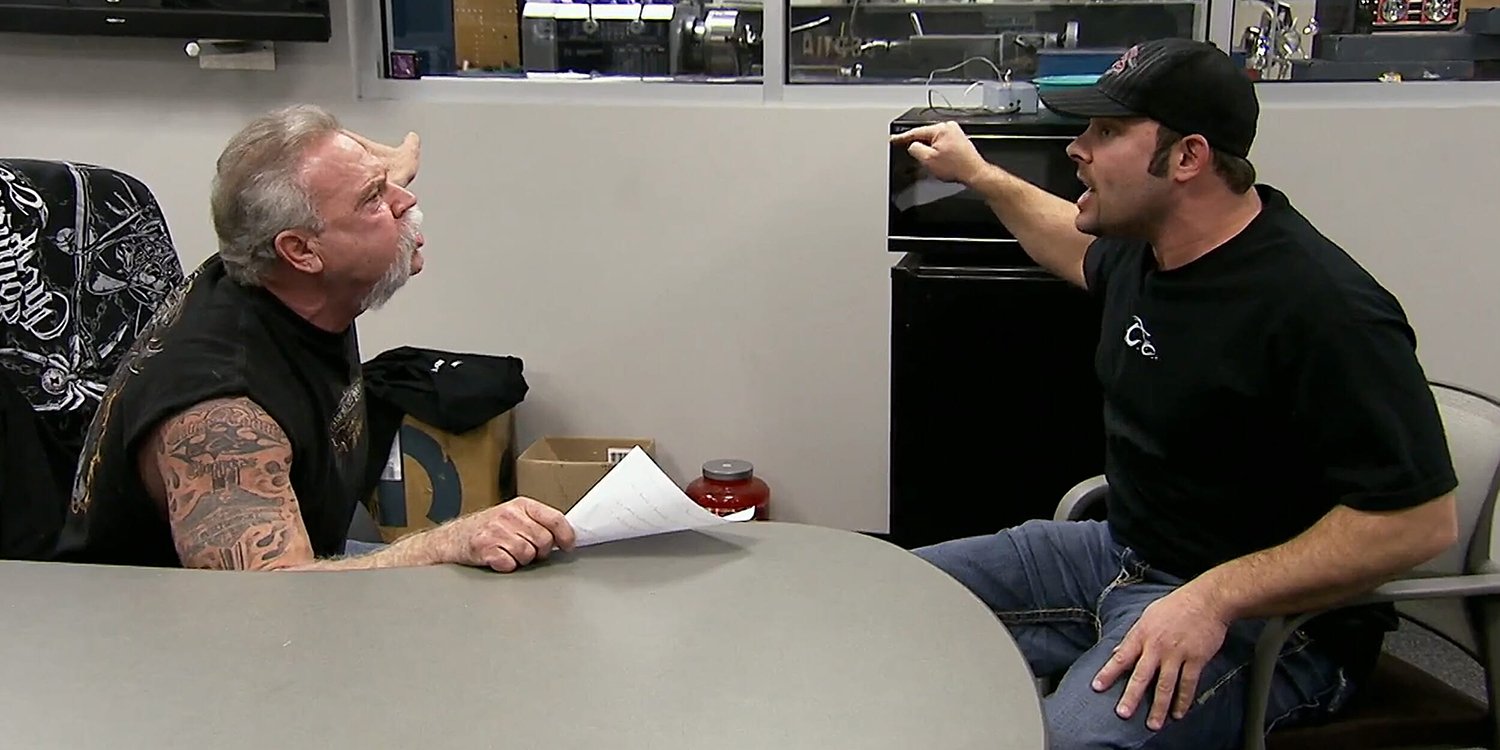I've Become My Father (or Mother)!
April 3, 2020

The Boomer generation has always considered themselves pretty special. The truth is, they have more in common with older generations than they like to believe. At least, some of them do.
There is general consensus that the Baby Boomer generation is actually comprised of two cohorts: the Early or Leading-edge Boomers, born 1946-1955, and the Shadow or Trailing-edge Boomers, born 1955-1964. The focus of this post is on the Leading-edge Boomers who are now 65 or older.
While these Leading-edge Boomers remain the youthful products of the Vietnam War, Woodstock, psychedelic drugs, sexual freedom and the civil rights movement, something funny happened along the way. They got old. And as they age, physical changes are beginning to affect how they consume information. Their values are changing, too. The end result is that they are becoming more similar to the older “Matures” cohort than they would care to admit.
Age Happens
While medical and cosmetic advances have helped delay the aging process, aging – like taxes – is one thing we can all count on. And health consequences from earlier lifestyle choices are beginning to affect this generation. Whether it is diabetes, high cholesterol or simply that extra 25 pounds that has been carried around for the past thirty years, the effects of age are taking their toll on older Boomers. As a result, many do not have the physical capacity to do a lot of the things they used to do – an important consideration when crafting a selling strategy.
Leading-edge Boomers don’t have to reach eighty to start experiencing age-related changes in vision. Perception of contrast, colors and sharpness of detail affect the ease of reading. Hearing is not what it used to be, either (we can blame that on too much rock and roll). The implication here is that clarity trumps cleverness when advertising to this group. Resist the temptation to use trendy design, with type over patterned backgrounds or insufficient contrast between the type and background colors. The same with audio – don’t allow background sounds or music to compete with the spoken words. Be direct, explicit and concrete.
I’ve Become My Father (or Mother)!
As these Leading-edge Boomers have matured, another interesting change has occurred. Their values and concerns have grown closer to those of their parents – and even grandparents – at the same age. They are no longer thinking of themselves as experimental, risk-taking or liberal. According to Yankelovich studies, they are
- Becoming more conservative.
- Shifting to quieter lifestyles.
- Focusing more on home and family.
But that doesn’t mean the highly-materialistic ME Generation has evolved from its core essence. For most, it’s still “all about ME.” Probably more than any other demographic segment, this group is focused on themselves. Hence, self-actualization, the highest development stage of Abraham Maslow’s Hierarchy of Needs, is a high priority for most. Assuming these older Boomers have addressed all of their more basic needs – physical, safety, belonging, self-esteem – they are now freed to focus on making the most of their unique abilities, developing themselves emotionally and spiritually. Marketing messages will be more effective when they tap into the need for self-actualization, recognizing this group is more interested in acquiring experiences than acquiring things.
The Next Stage of Life
Although many have thought that Leading-edge Boomers would fight aging kicking and screaming, they are actuality accepting it rather gracefully. Aging boomers are cognitively and emotionally connecting to the world in the same way their parents did at the same age – or better, same stage of life. They are taking retirement, collecting Social Security, traveling to places they’ve never been, worrying about their health, and doting on grandchildren.
Just like their parents did.





